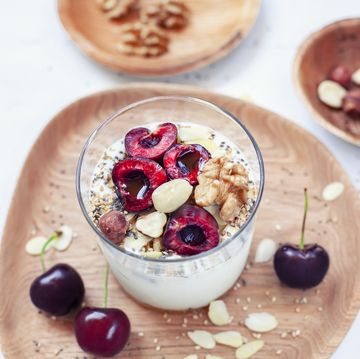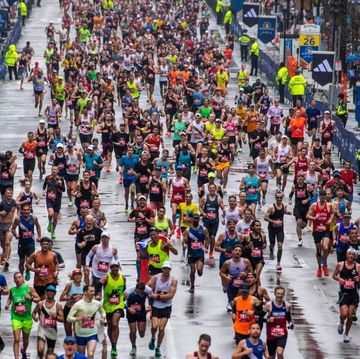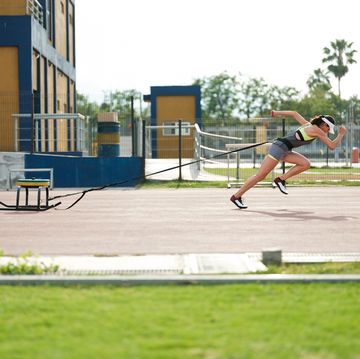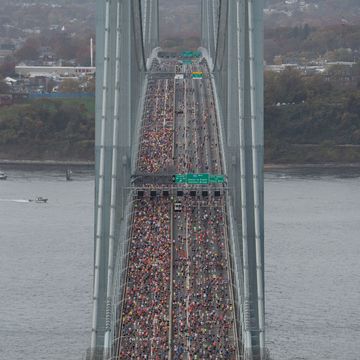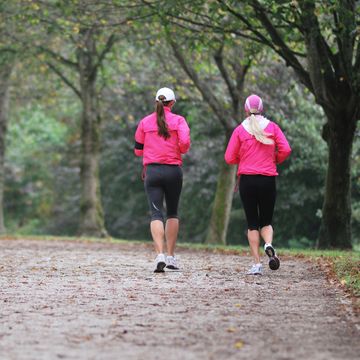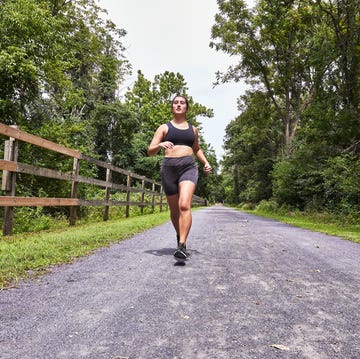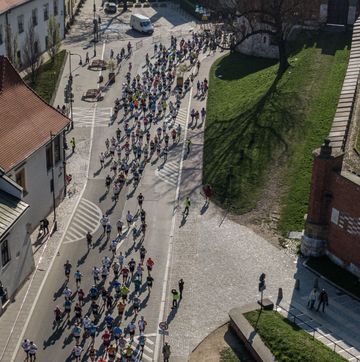Figuring out whether a recovery aid really works is trickier than you'd think. After all, how do you measure the subtle difference between feeling "good" and "just a little off" the day after a big workout? Here's what scientists have come up with so far.
1. ANTIOXIDANTS
Hard running triggers a cascade of "reactive oxygen species" that cause oxidative damage to your cells. Antioxidants can neutralize some of this damage, which is why some studies have found that dosing up on vitamin C in the weeks before and after a marathon can boost immune function. A caveat: Reactive oxygen species also play a key role in triggering repairs and adaptation after exercise, and some studies have found that prolonged antioxidant use can delay muscle recovery and interfere with fitness gains. For this reason, it may be best to limit antioxidant use to a few weeks at a time, during periods of particularly heavy training or racing.
2. JOGGING
Let's clear this up to start--lactic acid doesn't cause muscle soreness. Cooling down after a workout will boost your mileage, but it won't "undamage" your muscles or protect them from lactate. A Norwegian study published in 2012 found that a 20-minute warm-up was more effective than a 20-minute cool-down for reducing next-day soreness. The message: When it comes to muscle damage, prevention is better than cure.
3. ICE BATH
Every few months, a new study proclaims that ice baths do or don't work. In 2012, researchers from the English Institute of Sport combined the results of 14 of the best studies to get a more complete picture. The measurements of muscle damage and strength recovery were inconsistent, but ice baths made athletes feel better. One explanation for the results is that everyone has different ice-bath recipes. The evidence suggests that contrast baths, alternating hot and cold every minute or two, aren't as effective as sustained cold baths. Shona Halson, the head of performance recovery at the Australian Institute of Sport, suggests 10 minutes at below 60 degrees Fahrenheit as a sufficiently long and cold (but not too painful) dose.
4. MASSAGE
If massage wasn't helpful, would you really want to know? Fortunately, the news is good. To get around the placebo problem, researchers at Ohio State University have been putting rabbits in a machine that administers "massage-like compressive loading." They find that the massage reduces swelling and accelerates the return of strength after strenuous bunny exercises--and this effect is greatest if the massage is administered soon after the exercise rather than waiting a few days. Other (human) studies using muscle biopsies have found that massage reduces inflammatory markers in the muscle, possibly in response to internal sensors that detect when cells are being physically pushed and prodded. Book your massage secure in the knowledge that it's a training aid, not a frivolous indulgence.
5. CRYOSAUNA
If ice water is good, then swirling nitrogen vapor at minus 200 degrees Fahrenheit must be even better. Er . . . right? The idea is that your blood vessels constrict in response to the cold, combating inflammation and muscle pain. From the few studies that have tested cryosaunas, it's clear that the blast of cold provokes a physiological response from your body. Whether this response is any better than an ice bath (or better than nothing, for that matter) remains to be seen.
6. COMPRESSION
Like ice baths, compression garments suffer from a profusion of conflicting studies searching for different effects. So far there's little evidence that wearing them while you run will make you faster, but the case for accelerated recovery is more encouraging. While no one has directly tested the effects of wearing compression socks during or after a Sunday long run, evidence from other sports suggests that compression really does reduce next-day soreness and accelerate strength recovery. The key: starting the compression as soon as possible after exercise. Get the socks on as soon as you get out of the shower, and keep them on for an hour or so.
OTHER RECOVERY AIDS
The list of products on the market is long, and many of them are plausible, even if they lack independent testing. Be open to new ideas, and experiment to find what works for you. But remember that no recovery aid yet invented is capable of substituting for the original post-workout miracle recovery technique: rest.
SEE ALSO:
Rest and Recovery for Runners
Sally Kipyego Takes a Complete Break



